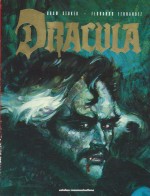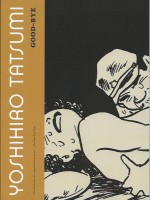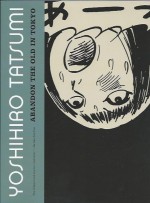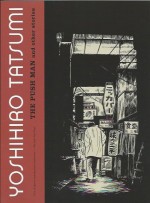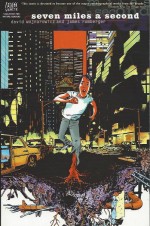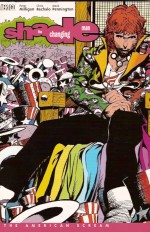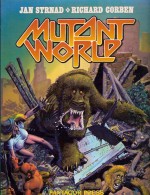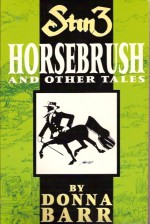Revised, expanded edition
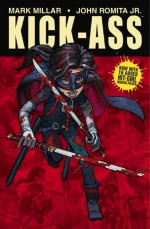
By Mark Millar, John Romita Jr., Tom Palmer & (Titan Books)
ISBN: 978-0-85768-102-7
Now that the furore has died down over the first movie and is yet to begin in regard to the sequel, I thought I’d take a look at the marvellously fun, blackly comedic and ultra-violent comedy that is Kick-Ass purely in terms of a reading experience, courtesy of the 2010 British Titan Books edition, which includes – as well as all 8 issues of the creator-owned comicbook miniseries (originally published through Marvel’s Icon imprint) – 15 pages of unseen design sketches, pages in process and assorted unseen artworks featuring the scene-stealing tyke of terror Hit-Girl…
Set in the horribly drab and disappointing real world, it all begins with the trenchant recollections of High School no-hoper Dave Lizewski, a pitifully average and unhappy teenager who loves comicbooks. With no chance of being part of the in-crowd, Dave hangs out with the other geeks, talking TV, movies, funnybooks and girls – and, of course, is besotted with ultra-queen of cool Katie Deauxma – who naturally despises him…
One day he has his big inspiration – he’s going to be a masked superhero. All he needs is a costume and a gimmick. Oh, and a codename too…
Clad in a wetsuit bought online and filled with hope, Dave starts patrolling the streets and promptly gets beaten into a coma by three kids tagging a wall…
After months in hospital and with three metal plates in his skull, Dave eventually returns to school, but the compulsion hasn’t left him and he is soon prowling the city again. Chancing on a mugging the masked moron again piles in and – more by sheer bloody-mindedness than any particular skill or power – manages to drive off the assailants. Moreover, this time his battle was caught on witnesses’ camera-phones and uploaded to YouTube…
An overnight internet sensation and supremely overconfident, Dave, or Kick-Ass, is floating on a cloud. Even Katie seems to have finally noticed him… but only because he’s gay: a rumour that had started when he was found naked and severely battered months ago…
So desperate is Dave that he plays to the rumour and becomes the prom queen’s “gay best friendâ€, whilst spending solitary moment stalking the streets, alleyways and rooftops in his superhero persona. He even starts a Kick-Ass MySpace page where fans and people in trouble can contact him…
Dave’s life goes into deadly overdrive when he acts on one plea and marches into a grungy apartment determined to talk a lowlife thug out of harassing and stalking his ex-wife. Suddenly confronted with a posse of brutal criminals for whom violence is a way of life, Kick-Ass is being beaten to death when a diminutive 10-year old girl slaughters the entire gang with deadly ease and honking great samurai swords…
Dave can only watch in awe as Hit-Girl glides like a ghost over the rooftops and returns to her burly partner Big Daddy: cool, efficient ninjas of justice and everything he’s aspired to be but could never approach in a million years…
These urban vigilantes are utter ciphers, stalking and destroying the operations of brutal Mafia boss Johnny Genovese with remorseless efficiency and in complete attention-shunning anonymity.
Dave is simply not in their league and doesn’t care for their methods. After all, superheroes don’t kill… Chastened and a little scared, he grudgingly carries on his own small-scale endeavours, drawing some measure of comfort from the growing band of costumed imitators Kick-Ass has inspired and those regular intimate moments when the still blithely ingenuous Katie tells him all her secrets, dreams and desires…
Things start to look up when he meets Red Mist, a fellow adventurer and one with a flashy car and lots of expensive toys. When the pair very visibly become media darlings during a tenement fire, Kick-Ass is visited by Big Daddy and Hit-Girl, who think they’ve found the perfect back-ups to help them finally eradicate the Genovese mob…
After telling Katie the truth, Dave rendezvous with Red Mist for the big push only to find that his partner is Genovese’s geeky, psychotic son, and the whole act has been an elaborate trap to kill the far-too effective and expensively competent Big Daddy and Hit-Girl…
With both his allies apparently dead, Dave is being slowly tortured to death. Kick-Ass can only draw upon his one advantage – his sheer, stupid inability to give up – until the miraculously surviving Hit-Girl comes to rescue with her customary mercilessness…
Bloody, bruised, broken but unbowed, Kick-Ass finally sheds his last superhero scruple and tools up for a blistering bloody showdown in the mobster’s skyscraper fortress…
Appallingly, graphically hyper-violent and atrociously foul-mouthed, Kick-Ass is the ultimate extension of the trend for “realistic†superhero stories and simultaneously a brilliantly engaging and cynically hilarious examination of boyhood dreams and power fantasies, delivered with dazzling aplomb, studied self-deprecation and spellbinding style.
Mark Millar’s compelling script – unlike the movie adaptation – never steps beyond the bounds of possibility and credibility, whilst the stunning art collaboration of John Romita Jr., Tom Palmer and colourist Dean White delivers an all too familiar picture-perfect New York.
Sharp, shocking, superb and with the promise of yet more and even better to come, the graphic novel Kick-Ass is a story not just for comics fans but a genuine treasure for all followers of furious fun and fantasy in any medium.
Kick-Ass comic strip © 2010 Mark Millar and John S. Romita.

